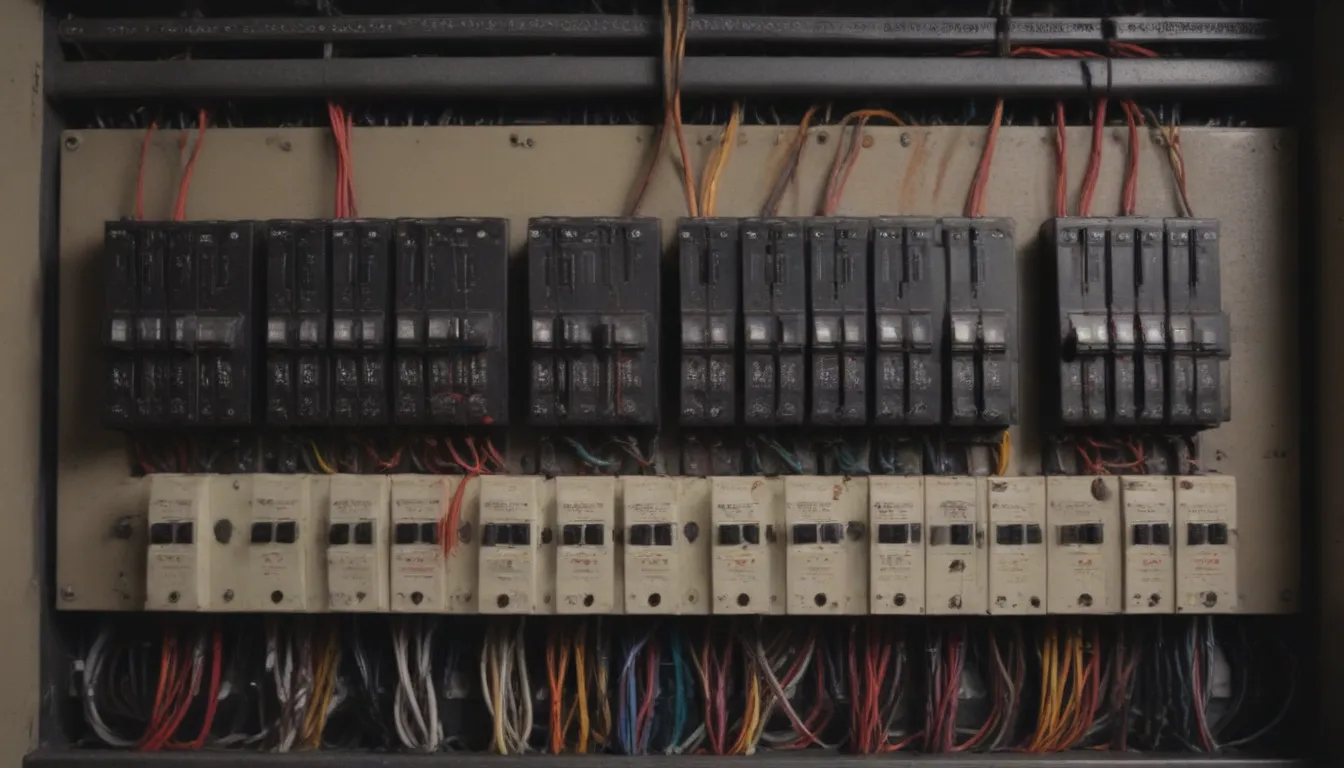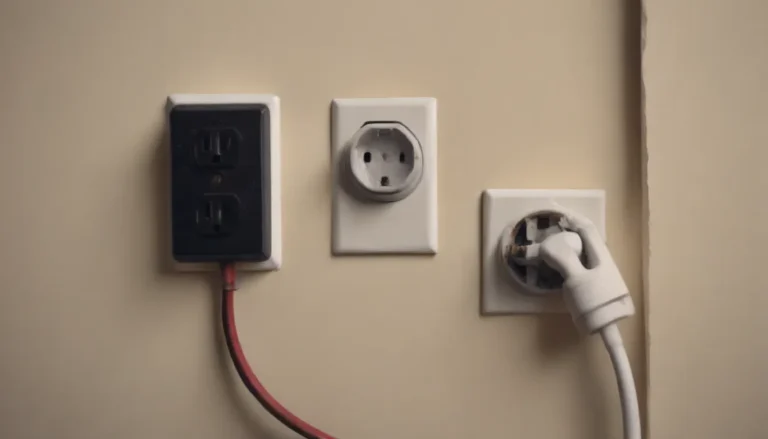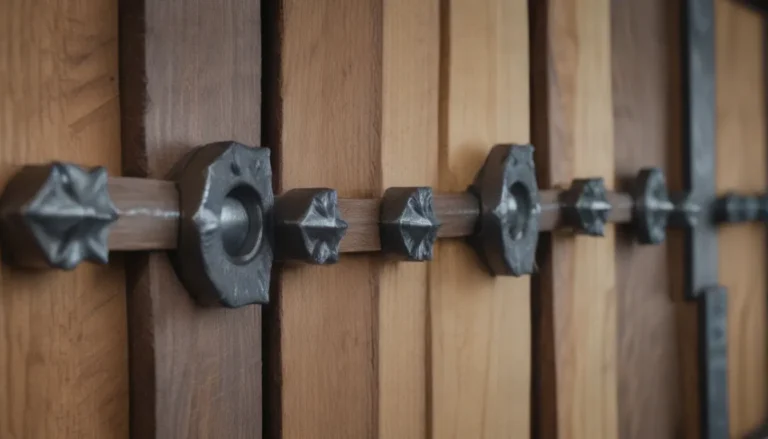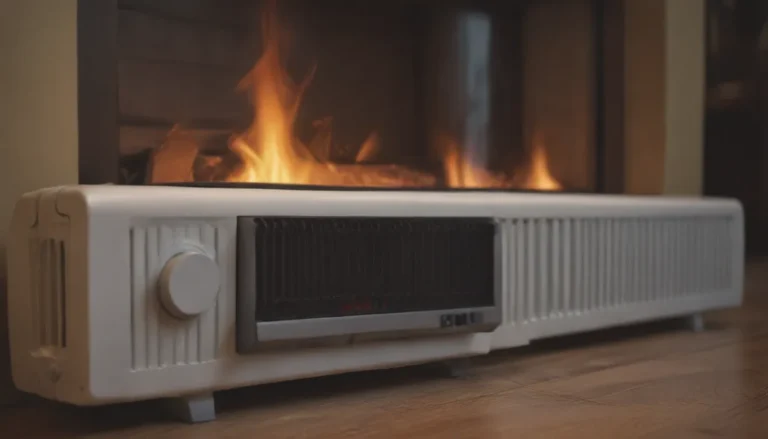Understanding Your Main Electrical Service Panel: A Comprehensive Guide

When it comes to any electrical work in your home, one crucial step is knowing how to navigate your main electrical service panel. You might have heard it referred to as the breaker box, but in technical terms, it’s actually called a load center. This panel is essentially the heart of your home’s electrical system, serving as the central hub that distributes power to all the circuits in your house.
What’s Behind the Panel Door?
Picture your main service panel as a steel box with a door that opens up to reveal all the circuit breakers inside. These breakers are responsible for controlling the flow of electricity to different parts of your home. While one panel typically powers the entire house, you might also come across a subpanel that serves a specific area like a large kitchen or a detached garage. These subpanels work in the same way as the main panel but are fed by the main panel itself.
Each circuit breaker in the panel comes with a lever that can be manually switched on or off. If a breaker trips due to an overload, the lever will move to a neutral position between on and off. It’s essential to have these breakers labeled to easily identify which area or appliance they serve, ensuring safety and convenience for any future work or troubleshooting.
- Quick Tip: Look for stickers or handwritten labels next to breakers or inside the panel door to identify circuits easily.
Getting Inside Your Service Panel
To access the circuit breaker switches in the panel, simply open the door. However, if you need to install or replace a breaker, you’ll have to remove the protective cover known as the dead front cover. This cover is typically attached with screws in each corner, providing easy access to all components in the panel.
Before removing the dead front cover, always remember to turn off the main circuit breaker. This ensures that the power to all circuit breakers and household circuits is cut off, although the utility service lines and the terminals inside the panel remain live unless the utility company disconnects the power to your home.
- Safety Reminder: Always shut off the main circuit breaker before accessing the internal components of the panel.
The Main Circuit Breaker: Your Power Controller
The main circuit breaker in your panel is like the gatekeeper of your electrical system. Usually located near the top of the panel, it controls all the power flowing through the branch circuit breakers that manage individual circuits in your home. This main breaker dictates the total amperage capacity of your service panel, with common ratings like 100, 150, or 200 amps.
Power enters your home through the utility service lines, passes through the electrical meter, and continues into the service panel. Some setups might include a disconnect switch between the meter and the panel, adding an extra layer of control. The main circuit breaker serves as the master switch, allowing you to turn on or off power to all branch circuits simultaneously.
- Pro Tip: The standard amperage capacity for new panels today is 200 amps, but you might find panels with higher capacities for larger homes or additional electrical loads.
Understanding Bus Bars and Circuit Breakers
As the power enters the panel, it feeds into two “hot” bus bars that distribute electricity to circuit breakers. Single-pole breakers connect to one bus bar and provide 120 volts, while double-pole breakers connect to both bus bars and supply 240 volts to a circuit. Circuit breakers act as a safety mechanism, preventing excessive current from damaging your electrical system.
Once the electricity flows through the circuit and does its work in various devices, it returns to the panel through the neutral wire connected to the neutral bus bar. This bus bar often doubles as the grounding bus bar, where bare copper ground wires are terminated. The main bonding jumper ensures a solid ground connection between these components, along with the grounding electrode conductor that connects to a ground rod outside your home.
- Fun Fact: Circuit breakers are designed to fail safely to prevent dangerous overloads in your electrical system.
Different Types of Circuit Breakers
Circuit breakers come in various types and capacities to suit different needs in your home. Some common types include:
- Single-pole breakers: Provide 120 volts and connect to one hot bus bar.
- Double-pole breakers: Supply 240 volts and connect to both hot bus bars.
- Ground-fault circuit-interrupter (GFCI) breakers: Offer additional shock protection in wet areas like bathrooms and kitchens.
- Arc-fault circuit-interrupter (AFCI) breakers: Detect and prevent electrical fires caused by arcing faults in your system.
Understanding the role of these breakers can help you troubleshoot electrical issues and ensure the safety and efficiency of your home’s electrical system.
As you navigate your main electrical service panel, remember to prioritize safety and follow recommended procedures when working with electricity. Whether you’re installing a new circuit or troubleshooting a tripped breaker, understanding the components inside your panel can empower you to handle electrical tasks with confidence.
By familiarizing yourself with the main service panel in your home, you’ll be better equipped to maintain a safe and efficient electrical system for years to come. Keep exploring and learning about your electrical system to ensure the well-being of your home and loved ones.





